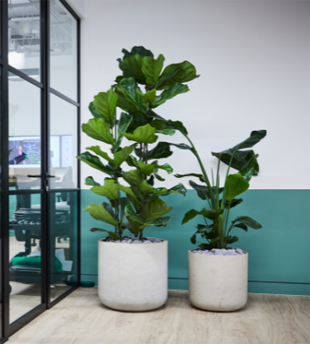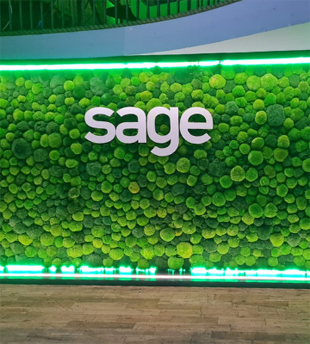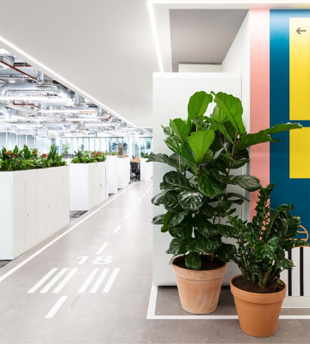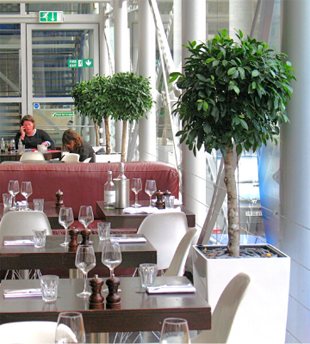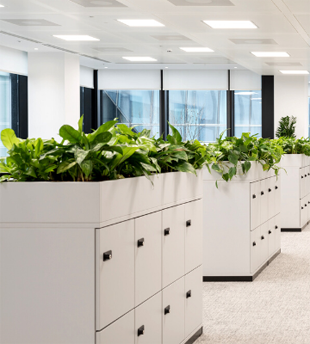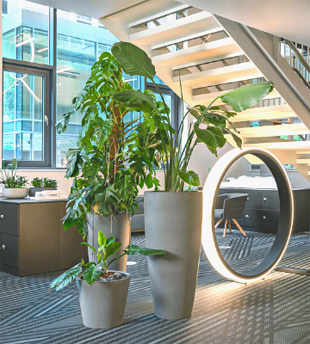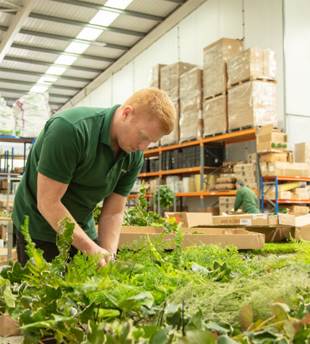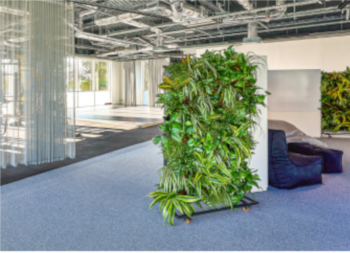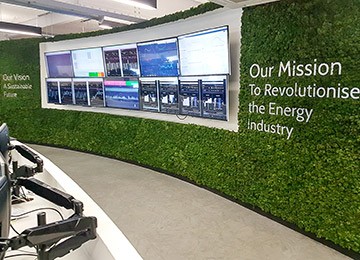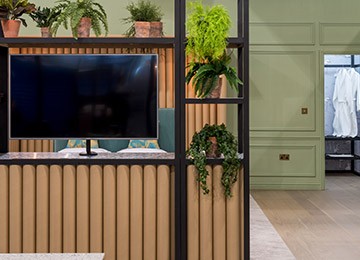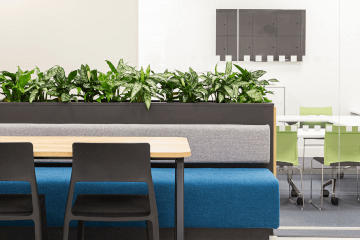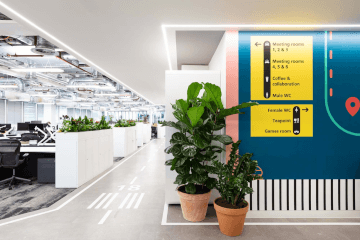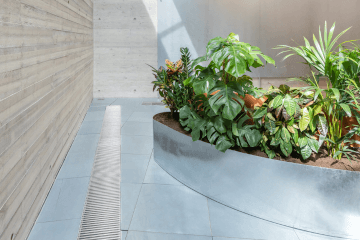Toggle Nav
Why Plants?
Making your workplace Staff Friendly
Could your work environment be making staff sick? Poor air quality in your office can cause a whole range of chronic complaints ranging from persistent coughs and colds to allergies, itchy skin, dry eyes, migraines, and low mood. Sickness-related absences and presenteeism (where staff come to work but aren’t well enough to do their job properly) cost the UK economy almost £80bn each year.
Planting for wellbeing
Human beings are innately drawn to nature and greenery. Our affinity with plants is a throwback to the days before we had houses, cars, restaurants, and offices. A time when leafy spaces provided us with essentials like food, shelter, and medicine. In the modern world, connections with nature are proven to improve mental health and overall wellbeing by boosting mood and reducing stress. Incorporating plants into the built environment can dramatically reduce absenteeism, giving you a return on your investment that keeps on giving.
Eliminate Sick Building Syndrome
Eliminate Sick Building Syndrome Office environments are often laden with toxins leached into the air by man-made materials such as the plastics in furniture, compounds in paint and chemicals emitted from computers including phenols, formaldehyde and styrene. The presence of these chemicals reduces air quality and contributes to what is known as ‘sick building syndrome’ – a set of chronic symptoms exhibited by staff including coughs, congestion, headaches, poor concentration and insomnia. Studies by the US Space Agency NASA have shown that plants can absorb these toxins from the air.
Breathe easy with nature
Most office buildings today are modern, highly insulated spaces designed to minimise the cost of artificial heating and cooling. This means that the internal humidity of the office environment tends to be very low, increasing the incidence of respiratory problems, allergies, dry eyes, and dry or itchy skin. In addition, indoor environments tend to have high levels of dust in the air. Most of the water a plant absorbs is eventually lost as water vapour through tiny holes in the leaves, in a process called transpiration. Plants can raise the humidity in a room by as much as 15%, and are also proven to reduce dust. The resulting improvement in air quality lowers the risk of allergies, asthma and other ailments for a more comfortable working environment and reduced sickness.
How Can We Help?
For more information contact a member of our team, and we will help deliver your project

